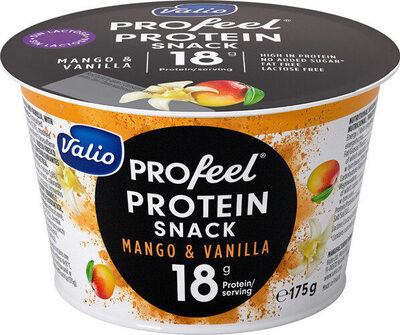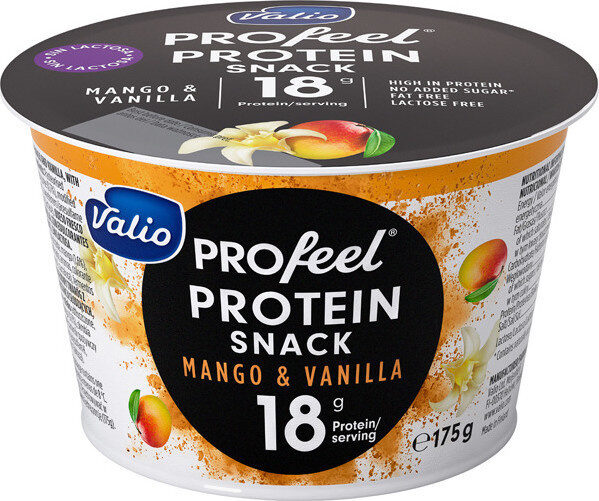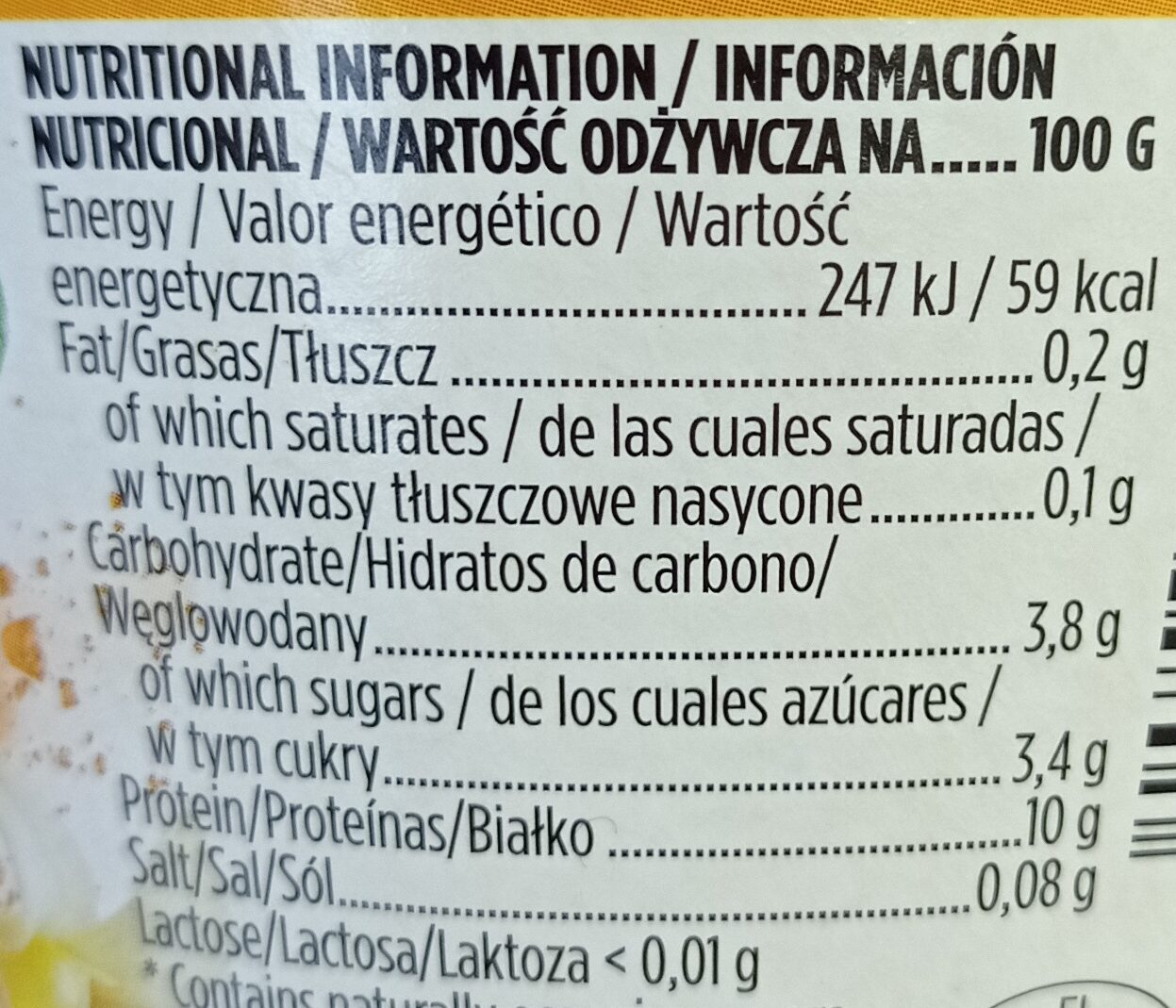Protein snack mango and vanilla - Valio - 175 g
Aquesta pàgina del producte no està completa. Podeu ajudar a completar-la editant-la i afegint-hi més dades a partir de les fotos ja disponibles, o fent-ne més amb l'aplicació de androide o iPhone / iPad. Gràcies!
×
Codi de barres: 6408432201479 (EAN / EAN-13)
Quantitat: 175 g
Empaquetament: es:6
Marques: Valio
Categories: Productes làctics, Aliments fermentats, Productes làctics fermentats, Postres, Postres làctics, en:Fermented dairy desserts, en:Fermented dairy desserts with fruits, en:Quarks, en:Fruit quarks
Etiquetes, certificacions, premis:
Font de proteïna, Punt verd, Alt en proteïnes, Sense sucre afegit, Sense lactosa
Llocs de fabricació o processament: Helsinki, Finland
Codi de traçabilitat: FI 60310 EY
Enllaç a la pàgina del producte en el lloc oficial del productor: https://www.valio.com/es/productos/valio...
Botigues: Carrefour
Matching with your preferences
Entorn
Empaquetament
Transport
Report a problem
Fonts de dades
Producte afegit per kiliweb
Última modificació de la pàgina del producte per moon-rabbit.
La pàgina del producte, també editada per elcoco, jumati, musarana, roboto-app, vinctebo, yuka.R0p0UUh2eFI5cU15b004OS94ajAyZFI3bWFDbVVuS3ZBUG9mSWc9PQ, yuka.R1lJNUFMVllxS0k0dk1VNTdEYVBvOEpxMkxpNGUzK1dNK29MSWc9PQ, yuka.SEk4UExibytxTVE2d1BNQy95cm80T2xUMzhhSFgzNkZJdXdoSVE9PQ, yuka.U1pnUlNwazRyUDBubXM4RDBqYmM5TkF1M0pId2RtZnNHdlJLSVE9PQ, yuka.U3E0RUFZWlJsS01JbnZBOHJ5SHpvUGhheGJHdlpVZm5NZk05SVE9PQ, yuka.UUtaZE9vVVJsc2tUblBFeTUwN2E1OWhJNTVHc2NGeVBMdU5PSVE9PQ, yuka.UjY4aFFKOFlpT0VrbHNVZnJqVG9wOElsNW9DWGMxaU5GTXROSVE9PQ, yuka.UnB3K0VJVWxuL1l6c3NBaDNoYlg0Y3gvNDVheVJWK3RET2txSVE9PQ, yuka.V29ZQ1BLTUZqNlV4aC9jYW9rdm93OE5MN1lHbERXK0lEN0VYSWc9PQ, yuka.VEkxY0VKd28vdFZUeGNBTS93dUwzUDVjNUtLWVRFMjNkTEFySVE9PQ, yuka.VjZRQ0xaUXJyL2t4dmN3UTF6bU4xSUlrKzZhYlVXMjNGKzlKSVE9PQ, yuka.VlA4aEZxTTVwcUVibU1FandSVFg4KzRybDdHMVVIbVJlc3BJSVE9PQ, yuka.WXFja0w0QUNyL2Nxa2NNKzJneU42dFI3MTVtemREcXVJTkUrSUE9PQ, yuka.YWJ3eElxQWdtYVJYZ2N3MTBVUGUvbzlTNDcrV1ZqbTFLc01TSWc9PQ, yuka.ZXFZRUs2bGZwK2RWdWYwVndqZlkrZlowbU1LUmRtYnFDTThoSVE9PQ, yuka.sY2b0xO6T85zoF3NwEKvlm4Wa9PTgm2VGwHVglSNw-iMDs3UQf9bzonRK6g.









